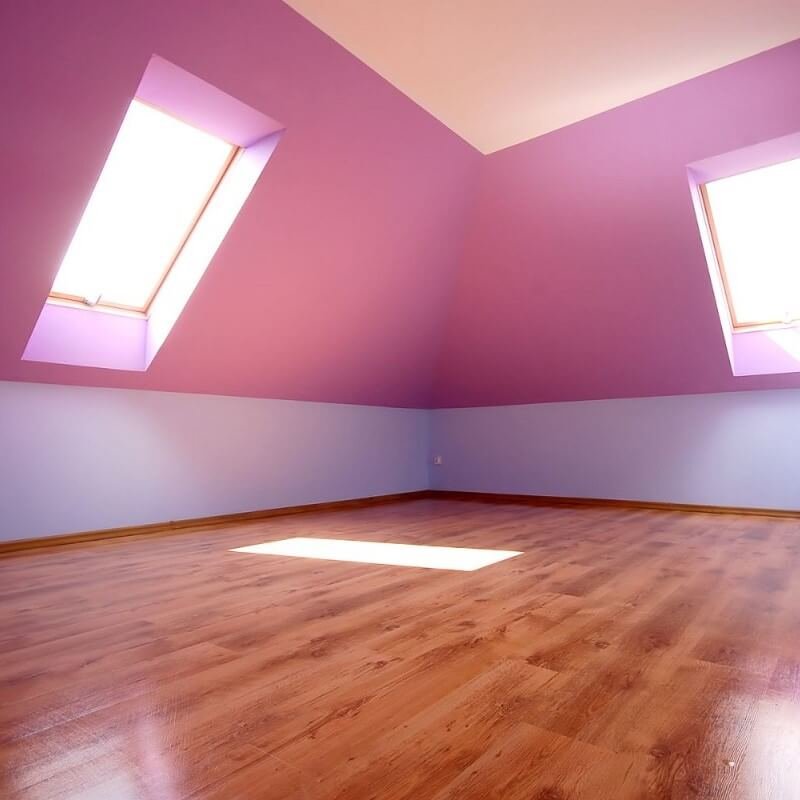Wooden Skirting Dubai

Quick
Service

24/7 Online chat support

Free
Measurement

Rapid
Fitting
Understanding the Purpose of Raised Flooring
Raised flooring, also known as access flooring, presents an innovative solution in architectural and construction design. This article dives deep into the functionalities, benefits, applications, and considerations associated with raised flooring systems.
Raised flooring facilitates improved air circulation within a space, aiding in temperature regulation and ensuring a healthier environment.

Flexibility and Adaptability
One of the primary advantages is its flexibility to accommodate changes in layout or technology without extensive disruption.
Easy access to the underlying infrastructure simplifies maintenance tasks and reduces downtime significantly.
Raised flooring finds applications in various sectors, including commercial spaces, data centers, and healthcare facilities, owing to its adaptability and efficiency.
Improved Accessibility for Maintenance
Raised flooring, an innovative architectural solution, has transformed the way spaces are designed and utilized in various industries. Its versatility and functionality have made it a popular choice for modern construction, offering a plethora of advantages that cater to diverse needs.
One of the primary purposes of raised flooring is to provide a platform that enhances air circulation and ventilation within a space. By allowing air to circulate more freely, raised flooring contributes to maintaining optimal temperatures and creating healthier environments. This feature has become particularly crucial in environments where air quality is a priority, such as healthcare facilities and office spaces.
Moreover, raised flooring serves as a conduit for cables and wires, offering a concealed space that simplifies the integration and management of electrical and networking infrastructure. This feature not only provides a neat and organized appearance but also facilitates easier access for maintenance and upgrades, minimizing disruptions in operational environments.
The types of raised flooring systems available cater to different needs and preferences. Stringer systems, characterized by pedestals connected by horizontal supports or stringers, offer stability and support. All-steel systems, as the name suggests, use steel materials for both the pedestal and the panel, ensuring durability and strength. Woodcore systems, on the other hand, incorporate a wooden core within the panel, combining strength and aesthetics.
The flexibility and adaptability of raised flooring systems stand out as significant advantages. These systems enable easy reconfiguration of spaces, accommodating changes in layout or technology without requiring extensive structural modifications. This feature proves invaluable in settings where agility and flexibility are paramount, such as office environments undergoing frequent reorganizations or technology upgrades.
Accessibility for maintenance purposes is another key benefit. The ability to lift individual panels to access the underlying infrastructure greatly simplifies maintenance tasks. Whether it’s repairing cables, upgrading networking systems, or inspecting for potential issues, raised flooring minimizes downtime and disruption, ensuring smoother operations.
The applications of raised flooring span across various sectors. In commercial spaces, such as offices and retail outlets, raised flooring systems provide a blend of functionality and aesthetics. Data centers heavily rely on raised flooring to manage intricate cabling and ensure efficient cooling for high-density equipment. Healthcare facilities benefit from the easy access to electrical systems, medical equipment, and plumbing, facilitating quick interventions and maintenance.
Selecting the right raised flooring involves considering several factors. Load capacity is a crucial consideration, ensuring the flooring system can withstand the intended use without compromising safety. Material durability is equally important, especially in high-traffic areas or environments prone to moisture or other potential hazards. Installation and maintenance requirements also play a pivotal role in decision-making, impacting the long-term usability and efficiency of the system.
The installation process of raised flooring demands precision and attention to detail. It typically involves preparing the space, placing the supports, and securely installing the panels. Each step is crucial to ensuring the stability and functionality of the raised flooring system.
Maintaining raised flooring involves regular cleaning and inspection. Dust and debris accumulation can affect air circulation and potentially cause damage to the infrastructure underneath. Promptly addressing damages or wear-and-tear is essential to preserving the flooring’s integrity and maximizing its lifespan.
The sustainability aspect of raised flooring contributes to environmentally conscious construction practices. Incorporating recyclable materials and ensuring reusability at the end of their lifecycle aligns with the growing emphasis on sustainable building practices, reducing environmental impact.
Considering cost implications is an integral part of choosing raised flooring systems. While initial installation costs may vary based on the system and materials chosen, evaluating the long-term savings and return on investment (ROI) is crucial. The durability, maintenance requirements, and potential for future adaptability contribute to the overall cost-effectiveness of raised flooring.
In conclusion, raised flooring systems stand as a testament to modern innovation in construction and design. Their adaptability, functionality, and sustainability make them an asset across a spectrum of industries, offering solutions that align with evolving needs and technological advancements. From enhancing air quality to providing efficient cable management, raised flooring continues to redefine the way spaces are utilized and maintained, contributing to more efficient and versatile environments.

